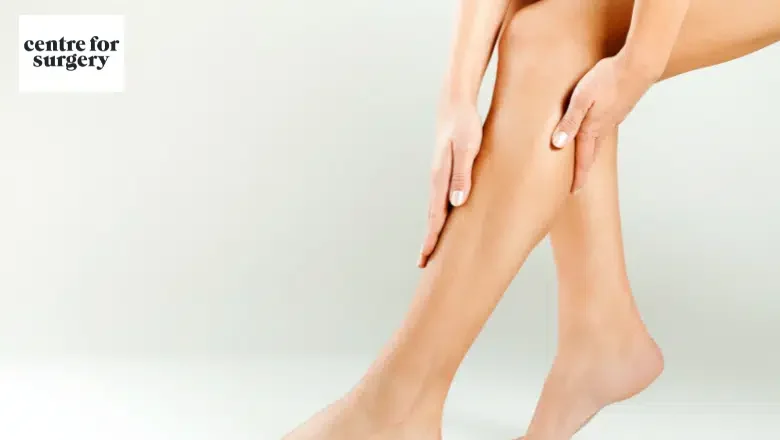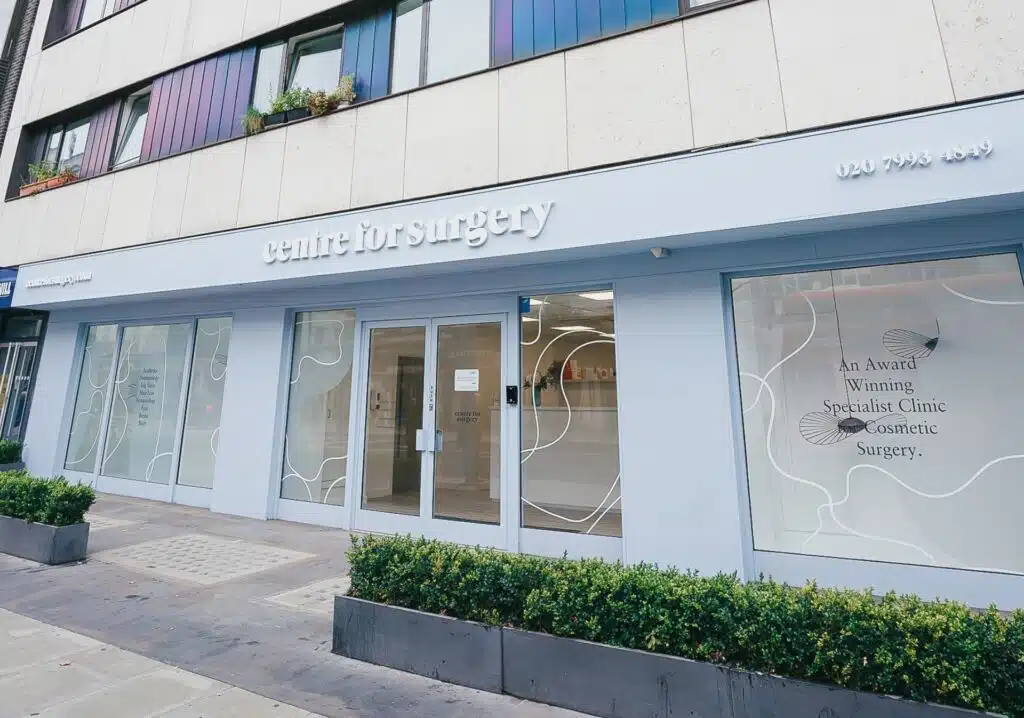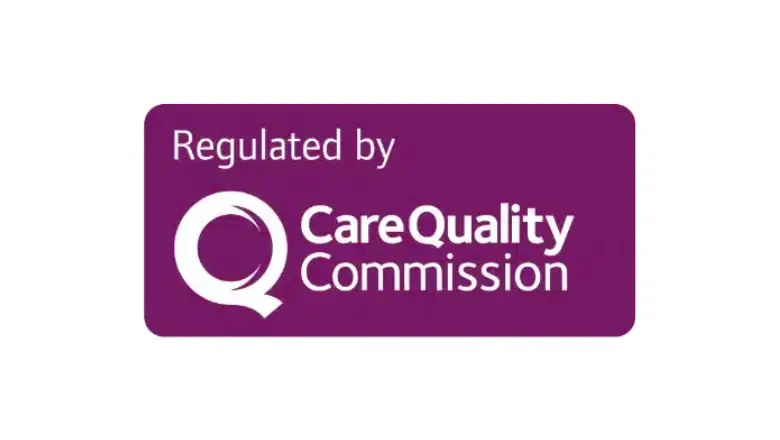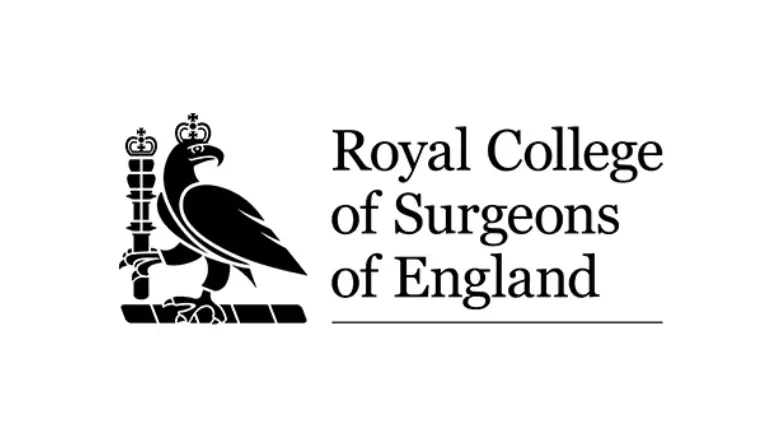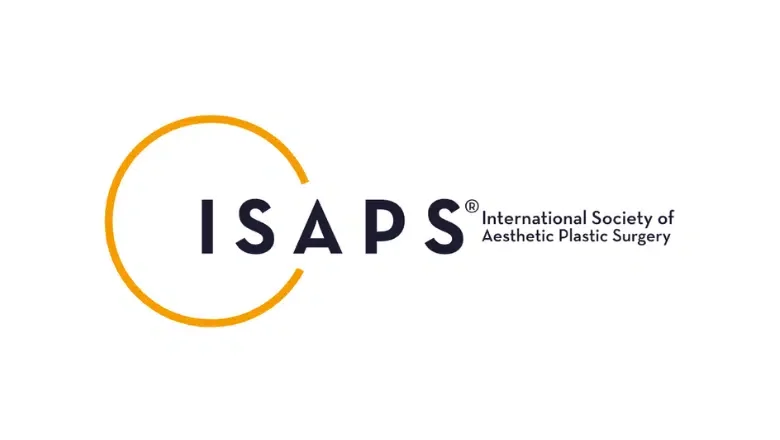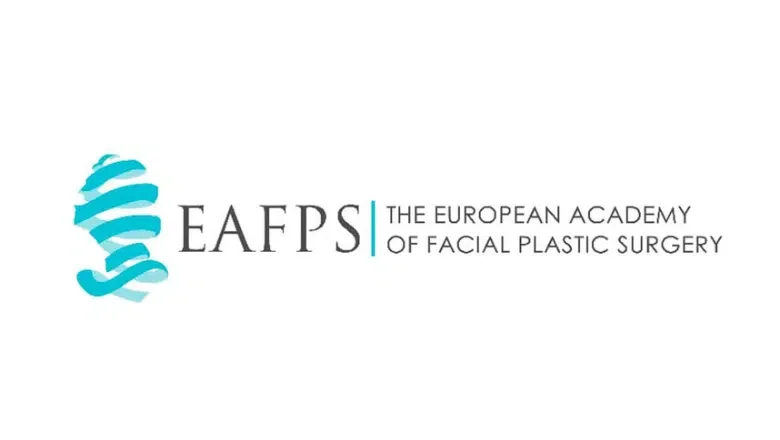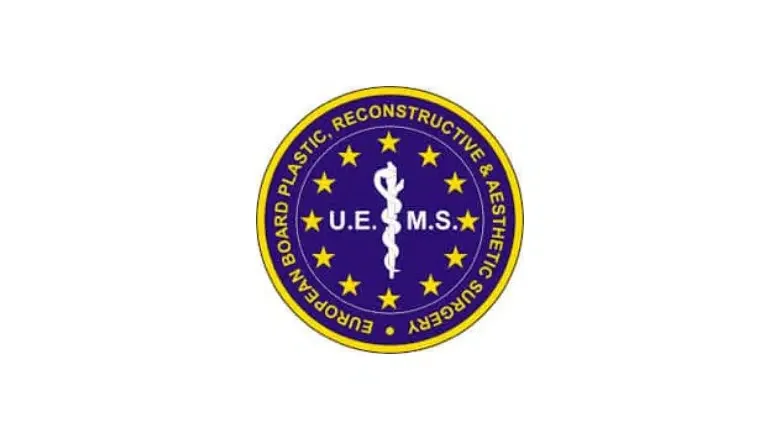Calf augmentation with fat transfer is a cosmetic surgery procedure that involves transferring fat from one part of the body to the calf muscles. This procedure can be performed to enhance the shape and size of the calf muscles, providing a more aesthetically pleasing appearance to the legs. Fat transfer calf augmentation is a minimally invasive alternative to calf augmentation with implants. Here we describe the procedure for calf augmentation with fat in the UK, what to expect in the recovery period and how long you can expect the results to last.
Centre for Surgery is a specialist plastic surgery clinic in London. We are renowned for our expertise in all types of calf augmentation surgery, including both implant and fat transfer techniques. We are one of the few plastic surgery clinics in the UK that performs calf augmentation, and we have built up significant expertise, which allows us to deliver the very best possible care to all of our patients seeking calf augmentation.
RELATED: Calf Augmentation Surgery
Calf augmentation with fat – step by step
Fat transfer calf augmentation is a cosmetic surgery procedure that involves transferring fat from one part of the body to the calf muscles to enhance their shape and size. The procedure can be performed under general anaesthesia or local anaesthesia with light sedation and typically requires a few hours to complete.
Here is a detailed overview of the steps involved in calf augmentation with fat transfer procedure:
- Anaesthesia: The procedure is performed under local anaesthesia or light sedation to minimise discomfort.
- Harvesting Fat: Fat is harvested from an area of the body with excess fat, such as the abdomen, hips, or thighs, using liposuction.
- Processing and Purifying Fat: The harvested fat is processed and purified to remove any impurities and to ensure its viability for transplantation.
- Injection of Fat: The purified fat is carefully injected into the calf muscles to enhance their volume and shape. The fat is carefully placed using multiple small injections to ensure an even distribution of the fat.
- Closure of Incisions: The incisions are closed using sutures or surgical tape.
- Post-operative Care: After the procedure, the patient will need to wear a compression garment for several days to help reduce swelling and promote proper healing. The patient will also need to avoid strenuous activity for several weeks and attend follow-up appointments with their surgeon to monitor their progress.
The recovery process following a calf augmentation with a fat transfer procedure is typically short, with most patients able to return to their normal activities within a few days. However, it is important to follow your surgeon’s post-operative instructions carefully to ensure the best possible outcome.
RELATED: Calf Implant Recovery
It is also important to consult with a specialist plastic surgeon at Centre for Surgery prior to undergoing calf augmentation with fat transfer to determine if this procedure is right for you. Your surgeon will be able to assess your individual needs and provide a personalised treatment plan to help achieve your desired results.
Calf Augmentation with Fat Recovery – What to Expect
Recovery following calf augmentation with fat transfer typically takes a few days to several weeks, depending on the individual and the extent of the procedure. During this time, it is important to follow your surgeon’s post-operative instructions carefully to ensure proper healing and the best possible outcome.
Here are some general guidelines for calf augmentation with fat transfer recovery:
- Compression Garment: The patient will need to wear a compression garment for several days after the procedure to help reduce swelling and promote proper healing.
- Activity Restrictions: The patient will need to avoid strenuous activity for several weeks following the procedure to allow for proper healing.
- Pain Management: Some discomfort and swelling are normal after calf augmentation with fat transfer, and over-the-counter pain medication may be recommended to manage any discomfort.
- Follow-up Appointments: The patient will need to attend follow-up appointments with their surgeon to monitor their progress and ensure proper healing.
- Incision Care: The patient will need to keep the incisions clean and dry to reduce the risk of infection and promote proper healing.
It should be borne in mind that everyone heals at a different rate, and recovery times may vary. Your surgeon will be able to provide more specific postoperative instructions based on your individual needs and circumstances.
Is Fat Transfer to Calves Permanent?
Fat transfer to the calves is a permanent procedure, but its longevity can vary from person to person. In general, a portion of the transplanted fat will be reabsorbed by the body over time, but some fat cells will survive and remain in place permanently, providing a long-term enhancement to the calf muscles.
The amount of fat absorbed by the body and the longevity of the results can be influenced by a variety of factors, including the patient’s age, overall health, and the technique used by the surgeon. In general, younger patients tend to have better fat survival rates, while older patients may experience more fat reabsorption.
Will I Have Scars after Calf Augmentation with Fat?
Calf augmentation with fat transfer typically involves very small incisions that are well hidden in the natural folds of the skin. The incisions are closed using sutures or surgical tape, which helps to minimize scarring.
However, like any surgical procedure, calf augmentation with fat transfer can result in some scarring. The visibility and extent of the scars will depend on a variety of factors, including the individual’s skin type, the location of the incisions, and the technique used by the surgeon.
In general, the scars from calf augmentation with fat transfer are small and well-hidden, and they typically fade over time. However, it is important to follow your surgeon’s post-operative instructions carefully to minimise the risk of scarring and ensure proper healing.
RELATED: Do Calf Implants Need To Be Replaced?
Is Calf Augmentation Worth It?
The decision to undergo calf augmentation with fat transfer or any other cosmetic procedure is a personal one that should be made after careful consideration of individual goals and expectations.
For some people, calf augmentation can help enhance the appearance of their legs and boost self-confidence. However, it is important to have realistic expectations and to understand the risks and limitations of the procedure.
It is also important to consult with a specialist plastic surgeon at Centre for Surgery in London to determine if calf augmentation is right for you. Your surgeon will be able to assess your individual needs and provide a personalised treatment plan to help achieve your desired results.
RELATED: Calf Implants Cost UK
Ultimately, the worth of calf augmentation with fat transfer will depend on the individual and their specific needs and goals. It is important to carefully consider all factors before making a decision and to fully understand the risks and limitations of the procedure.
Calf Augmentation with Fat – Why Choose Centre for Surgery?
If you’re considering enhancing the shape and size of your calves, calf augmentation using fat transfer is a highly effective and natural-looking option. Centre for Surgery is proud to be one of the UK’s leading facilities in this specialised field.
Expertise That Sets Us Apart
Our surgeons are not only skilled in traditional implant techniques but also excel in calf augmentation using fat transfer. This method uses your own body fat to sculpt and enhance the calf area, offering a more natural appearance. Our expertise in this advanced technique is backed by years of experience and rigorous training.
Patient-Centric Approach
We pride ourselves on a patient-centric approach, offering individualised consultations at our Baker Street clinic. Here, you can discuss your specific goals, options, and concerns in a confidential setting, helping to tailor a plan that’s uniquely yours.
Flexible Finance Options
Paying for your procedure shouldn’t be a barrier to achieving the body you desire. We offer a variety of finance options, including 0% APR through Chrysalis Finance, to make your treatment as accessible as possible.
What Our Satisfied Patients Have to Say
- Testimonial 1: “Choosing Centre for Surgery for my calf augmentation with fat transfer was the best decision I’ve ever made. The results are incredibly natural!” – Jessica, Cambridge
- Testimonial 2: “The whole team, from the surgeons to the aftercare staff, were phenomenal. They really cared about achieving the best outcome for me.” – Richard, Bristol
- Testimonial 3: “I’ve had an excellent experience from start to finish. I felt supported, informed, and confident throughout the entire process.” – Laura, Birmingham
Book Your Personalised Consultation Today
Ready to discover the transformative effects of calf augmentation with fat transfer? Contact us to schedule your personalised consultation.
- 📞 Phone: 0207 993 4849
- 📧 Email: contact@centreforsurgery.com
- 📍 Address: 95-97 Baker Street, London W1U 6RN
- 🌐 Contact Us: Online Form
Additional Information to Aid Your Decision
- About Us: Get to know us better by reading our About Us page.
- Frequently Asked Questions: Any burning questions? Find your answers in our Clinic FAQs.
- Blog: Curious about the latest news in the cosmetic surgery world? Our plastic surgery blog is packed with valuable insights and trends.
When it comes to calf augmentation with fat transfer, don’t settle for anything less than the best. Choose Centre for Surgery for an unparalleled experience in achieving the aesthetic you desire.
